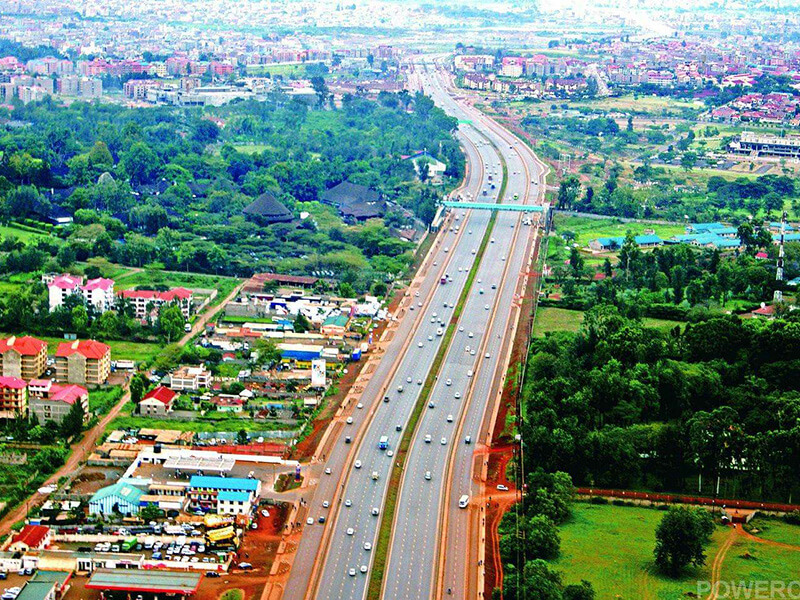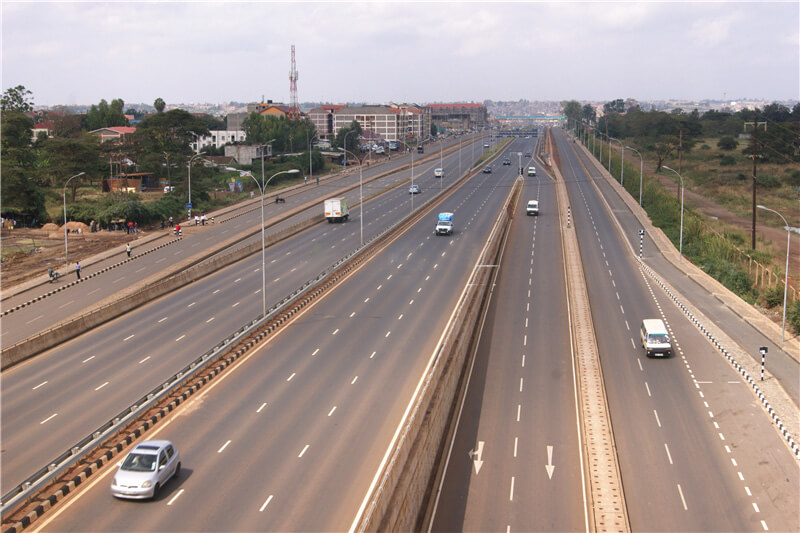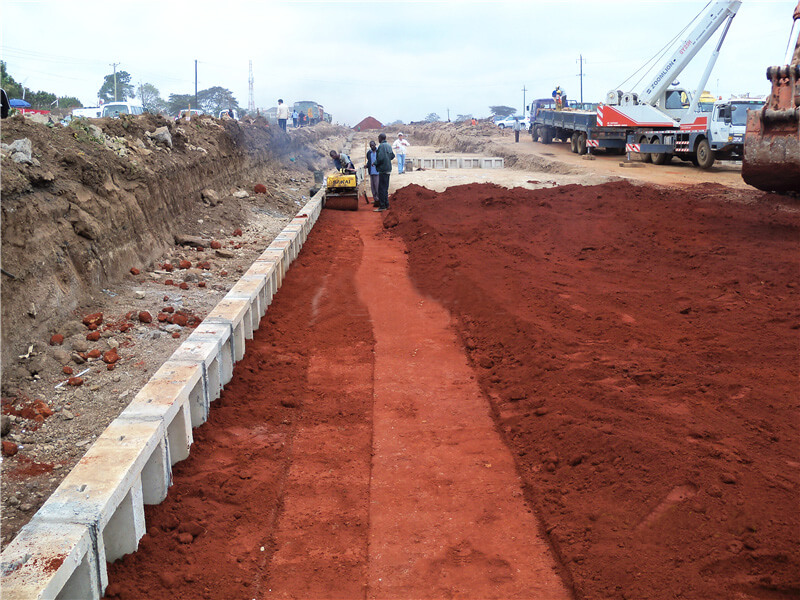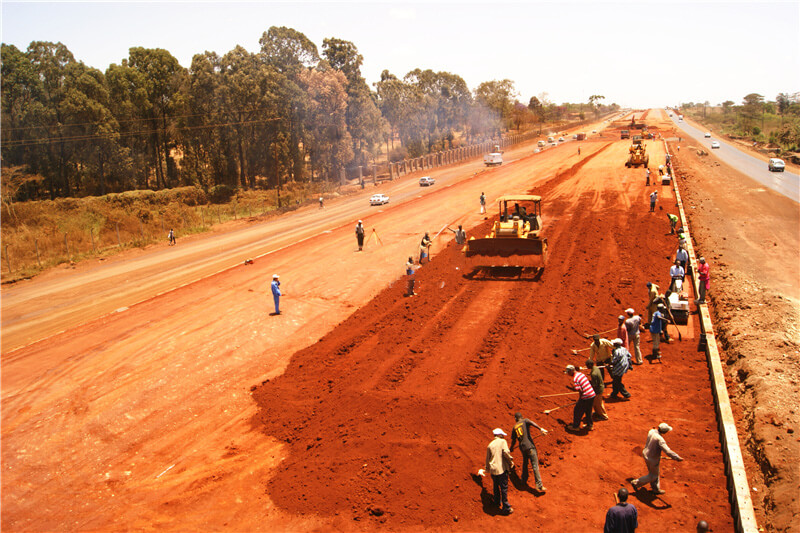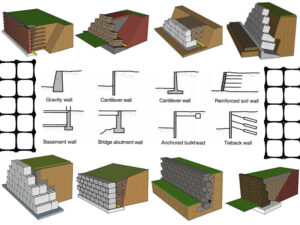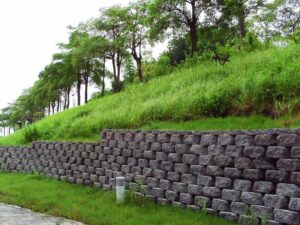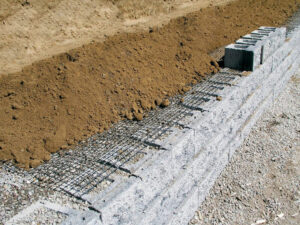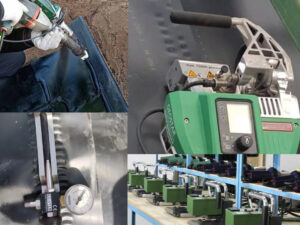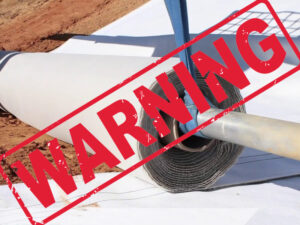Project Introduction:
The Nairobi-Thika Expressway in Kenya is nearly 50 kilometers long and is the main road connecting the capital Nairobi and the northern industrial town of Thika. This expansion will expand the original two-way four-lane to two-way eight-lane. Among them, there are the longest two-way four-lane highway bridges, underground passages, pedestrian bridges, etc. in Kenya and even East Africa, and the technical content reaches the international highway standard.
Retaining wall treatment plan:
Due to the relatively flat terrain along the highway, to meet the line closure requirements, about 10 highway interchanges need to be built to cross other lines. The 10 reinforced earth cross-line interchange abutments in this project are roughly the same, with wall heights ranging from 0-10m. Due to land acquisition restrictions, the two sides cannot be naturally sloped. The bridge abutment is designed to use concrete retaining walls, the approach road uses double-sided reinforced earth walls, and the top of the wall uses reinforced concrete anti-collision guardrails. The roadbed width is 8m and 24m. When the roadbed width is 8m, the foundation elevations of the panels on both sides are staggered by 0.25m, and the reinforcement strips on both sides are arranged separately; when the roadbed width is 24m, the reinforcement strips on both sides are arranged at the same horizontal elevation.
Main structures of reinforced earth retaining wall:
1. Wall module: The wall module adopts CB type of prefabricated steel-plastic concrete trough panel.
2. Retaining wall filler: red clay (comprehensive internal friction angle of 30 degrees), gravel soil (comprehensive internal friction angle of 35 degrees).
3. Connection between the reinforced belt and wall module: The steel-plastic composite reinforced belt and the wall module are connected by the method of passing through the reinforcing hole.
4. Retaining wall drainage: A 40cm wide mortar-laid flagstone drainage ditch is set on the outside of the wall toe. Since the left and right sides and the top surface of the retaining wall are all closed, the top is naturally drained due to the longitudinal slope. The panel is arranged with plum blossom-shaped drainage holes, and graded gravel anti-filtration bags are used behind the drainage holes.
5. Settlement joints: 1-2cm wide settlement joints are designed for the foundation, wall body and capstone, and foam boards are used to fill the joints. One is set at a spacing of 10-15m. Settlement joints are added where the geological conditions change.
6. Foundation treatment: The foundation of the retaining wall is in good condition, and the panel foundation is guaranteed to be buried at a depth of 1m.

